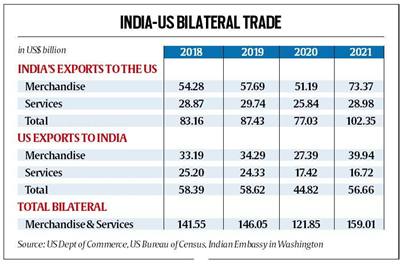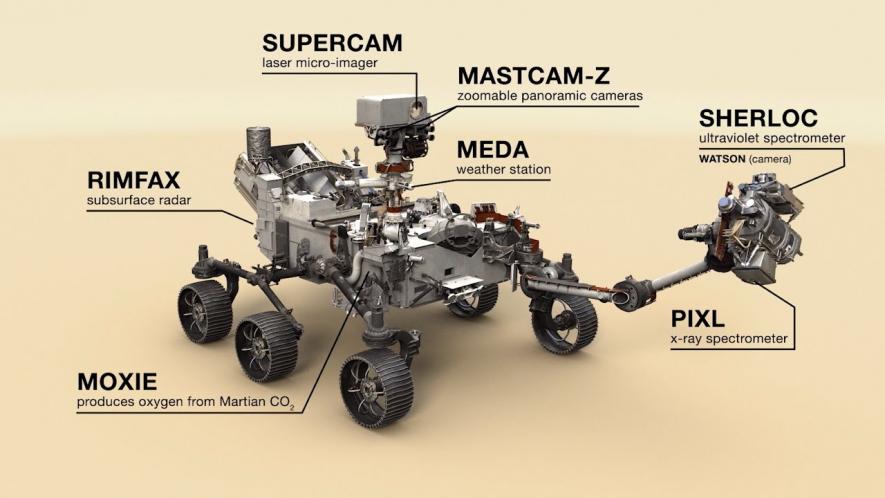At least 68 people admitted to a district hospital in Uttar Pradesh’s Ballia are suspected to have died between June 15 and 18 due to scorching heatwave conditions, with temperatures soaring up to 43.5 degree Celsius in the region.
What is a Heat Wave?
- A Heat Wave is a period of abnormally high temperatures, more than the normal maximum temperature that occurs during the summer season in the North-Western parts of India.
- Heat Waves typically occur between March and June, and in some rare cases even extend till July.
- The extreme temperatures and resultant atmospheric conditions adversely affect people living in these regions as they cause physiological stress, sometimes resulting in death.
- The Indian Meteorological Department (IMD) has given the following criteria for Heat Waves :
- Heat Wave need not be considered till maximum temperature of a station reaches atleast 40°C for Plains and atleast 30°C for Hilly regions
- When actual maximum temperature remains 45°C or more irrespective of normal maximum temperature, heat waves should be declared.

Occurrence of Heat waves:
- Heat waves are forms for one of two reasons:
- warmer air is flowing in from elsewhere or
- it is being produced locally.
- It is a local phenomenon when the air is warmed by higher land surface temperature or because the air sinking down from above is compressed along the way, producing hot air near the surface.
- Air mass and heat waves
- The north-northwestern heatwaves are typically formed with air masses that come from 800-1,600 km away and are around two days old.
- Heat waves over peninsular India on the other hand arrive from the oceans, which are closer (around 200-400 km) and are barely a day old and are on average less intense.
Why do heatwaves cause deaths?
- High temperatures alone aren’t fatal in nature.
- It’s when high temperatures are combined with high humidity, known as the wet bulb temperature, heatwaves become lethal.
Impact on humans:
- Humans lose heat generated within their bodies by producing sweat that evaporates on the skin.
- The cooling effect of this evaporation is essential in maintaining a stable body temperature.
- As humidity rises, sweat does not evaporate and makes it difficult to regulate body temperature.
- And this could cause a heat stroke.
- Heat stroke takes place only when the body temperature goes above 40 degrees Celsius.

- Excessive heat increases metabolic activity in the body, leading to a drop in blood pressure and oxygen levels with increased sweating.
- This is a condition called hypoxia.
- Metabolism goes haywire (in such conditions), creating a toxin overload which affects multiple organs
- Prolonged exposure to even moderate heat, with poor nutrition and hydration levels in these circumstances, can lead to hypoxia.
- Those with pre-existing metabolic disorders like diabetes, the obese or the elderly, are more vulnerable.
Conclusion:
- Heat waves have a sophisticated anatomy with important implications for how well we can predict them.
- Early-warning systems can improve the quality of warnings and also increase how soon they can be issued.
- Sizeable investments in human and computational resources have already increased India’s forecast skills in the last decade.
- Mortality over India due to heat waves are substantially lower than those in other mid-latitude regions.
- India should further improve forecast warnings, issue them as soon as possible, and couple them with city-wide graded heat action plans to protect the vulnerable





